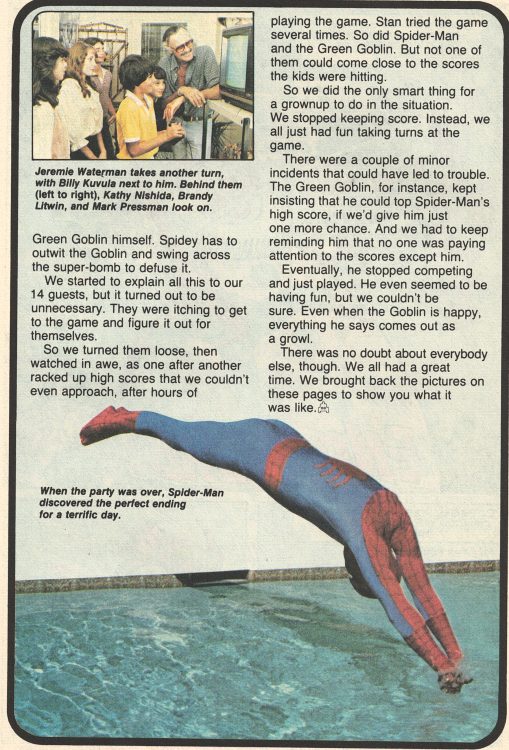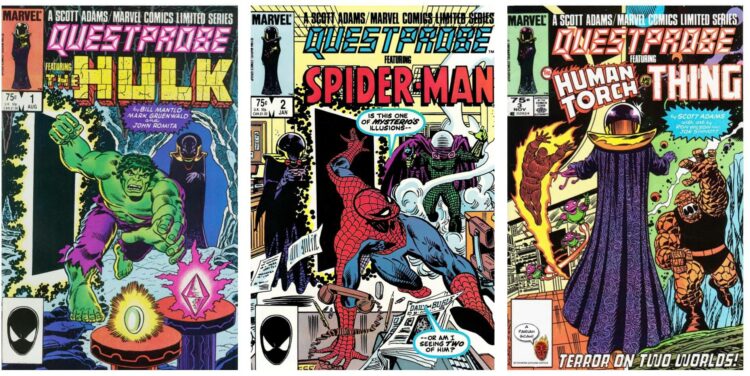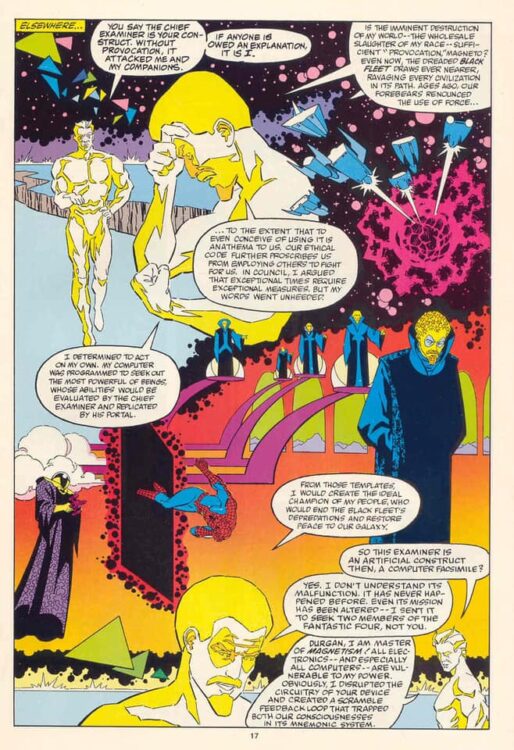Comic Books in 80s & 90s Video Games by Alex Grand
Read Alex Grand’s Understanding Superhero Comic Books published by McFarland Books in 2023 with Foreword by Jim Steranko with editorial reviews by comic book professionals, Jim Shooter, Tom Palmer, Tom DeFalco, Danny Fingeroth, Alex Segura, Carl Potts, Guy Dorian Sr. and more.
In the meantime enjoy the show:
For the Generation X crowd, growing up on comic books, there also came the phenomenon of growing up on video games. Atari, Commodore 64, and Nintendo were all ubiquitous in the conversations between kids in the 1980s, but there also was a line of convergence between the two media where comic characters, writers and artists had a strong presence in this budding digital format. This all starts with Atari, started in 1972, which was sold to Warner Communications in 1976 and a couple years later there would be a product of corporate synergy since Warner also owned DC Comics hence the 1978 Atari 2600 game, Superman. Jenette Kahn was a force at DC comics that enabled this and employed the likes of Elliot S. Maggin who wrote a memo about “interactive fiction” which he feels he created. That is certainly at play in video games, especially this early Superman game where this pixelated red and blue figure puts criminals in jail and repairs a bridge. Although the sound and graphics of this game are extremely primitive by today’s standards it opened a door where a comic character was first put into this medium.
In 1982, Gerry Conway and Roy Thomas worked at DC and wrote mini-comics that accompanied some of the Atari games with art by Ross Andru, Gil Kane, Mike DeCarlo and Dick Giordano.
In 1983, Elliot S. Maggin wrote DC Comics first self described Graphic Novel, Star Raiders with art by Jose Luis Garcia-Lopez,
and Gerry Conway would also write the second volume of Atari Force in 1984 with art again by Jose Luis Garcia-Lopez which Conway attests that he enjoyed far more than the first.
Despite these promotions by DC comics, Atari still couldn’t survive the market saturation of various console types and the waning interest in consoles in general for personal computers that resulted in the video game crash of 1983.
A year before that crash though, Marvel would contract with Parker Brothers and Atari for the 1982 Spider-Man video game where again, the hero was a red and blue pixelated figure with a black line as a singing web to distinguish it from Superman. Fans were excited to imagine themselves as Spider-Man squaring off against Green Golbin and the promotional material is pretty awesome.
Again this game is also ancient looking back on it now, but the commercials for this game are pretty classic.
Honestly, a lot of fans back then or now wouldn’t mind a 26 episode run of the costumed theatrics that went into this advertisement. These two live action costumed characters got together again with Stan Lee in the first video game news magazine made my Marvel called Blip in 1983 for a sensational promotion.
In 1984, Questprobe was released in 1984 for Atari 800 and Apple II which interacted with a slew of Marvel Characters in the Marvel Universe.
Questprobe was also a 1984 Marvel comic series that tied into the Atari/Apple game of the same year featuring work by Scott Adams, John Byrne, Al Milgrom, Ron Wilson, John Romita and Mark Gruenwald. It aborted after 3 issued and the Questprobe video game publisher, Adventure International went bankrupt.
Some of the material continued into Marvel Fanfare 33, 1987 which had more art from the video game series.
In 1988 Taito released Superman: The Arcade Game which employed horizontal flying game play and two players could be either blue standard Superman or the red Superman which many feel could be Mon-El from the Legion of Superheroes.
Although the company Nintendo was founded in 1889, it achieved international acclaim for its Nintendo Entertainment System home console in 1985 which revitalized interest in the home console market. Their game The Uncanny X-Men in 1989 definitely capitalized on X-Men fandom generated by Chris Claremont, but didn’t deliver the excitement that many fans were expecting. Cyclops beam wasnt that powerful and Colossus and Wolverine weren’t nigh invulnerable.
Nintendo faced some competition from the 1960 founded company Sega, and in 1989 Sega Genesis The Revenge of Shinobi had unlicensed appearances by Batman and Spider-Man who were boss characters in the game.
You can tell the graphics really start to hit their stride in the later 1980s. Marvel gave consent for the second version of the game to continue the use of Spider-Man but DC would not which had the video game makers change Batman into a Bat monster. Batman would make a very fun appearance that same year for Sega Genesis in his own game however by Sunsoft to celebrate the recently released Tim Burton film. 1990s Batman: The Video Game is still seen today as fairly wonderful despite its 8 bit limitations.
Its 1992 Sequel, Batman: Return of the Joker was seen as a graphics triumph since it was 16 bit and came with a 16 bit processor that was attached to the game. The 1990s would see an upsurge in quality, especially in the arcade arena with Data East’s 1991 Captain America and the Avengers which had street level beat them up mixed in with the horizontal flight mode of the earlier Superman Arcade game.
This game had classic Avengers like Captain America, Hawkeye, Iron Man and Vision but also interacting with Sub-Mariner, Juggernaut, Ultron, and Red Skull. Anyone that loved the Marvel Universe at this time usually would spend a minimum of 5$ in quarters on this game. Konami had their eyes set up taking on Data East with X-Men: The Arcade game in 1992 which was very similar to the previous Captain America gain but zoomed into the action where the playable characters were larger in size and facing off against an X-Men rogues gallery like Juggernaut (again), Magneto, and the Sentinels.
Players could be Nightcrawler, Wolverine, Dazzler, Storm, Cyclops and Colossus and its aesthetic is very much in the style of the failed X-Men cartoon pilot, 1989’s Pryde of the X-Men.
In 1994, Capcom, the makers of Street Fighter 2 would release X-Men: Children of the Atom which was a versus fighter game that also swallowed up a lot of quarters and eventually evolved into 1998’s Marvel vs Capcom. Since the 1990s was the Extreme Age, one of its elements was a large number of intercompany crossovers and this was reflected in the 1996 game Iron-Man and X-O Manowar in Heavy Metal which also had its own comic book.
These games would evolve into some notable games in the 21st century that employed comic book writers and artists like X-Men Legends for Playstation 2, XBox and Game Cube in 2004,
then Marvel Ultimate Alliance 2006
and Mortal Kombat vs DC in 2008.
There are obviously more comic book Super Hero genre video games in the 21st century, but it is interesting to see where it all started from in the medium’s growth from the late 1970s into the 1990s. Now many comic book writers and artists also partake in work for this industry like Marv Wolfman, Joe Casey, Val Mayerik, Gerry Conway, and Mike Deodato just to name a few.
cheers.
Join us for more discussion at our Facebook group
check out our CBH documentary videos on our CBH Youtube Channel
get some historic comic book shirts, pillows, etc at CBH Merchandise
check out our CBH Podcast available on Apple Podcasts, Google PlayerFM and Stitcher.
Use of images are not intended to infringe on copyright, but merely used for academic purpose.
Images used ©Their Respective Copyright Holders









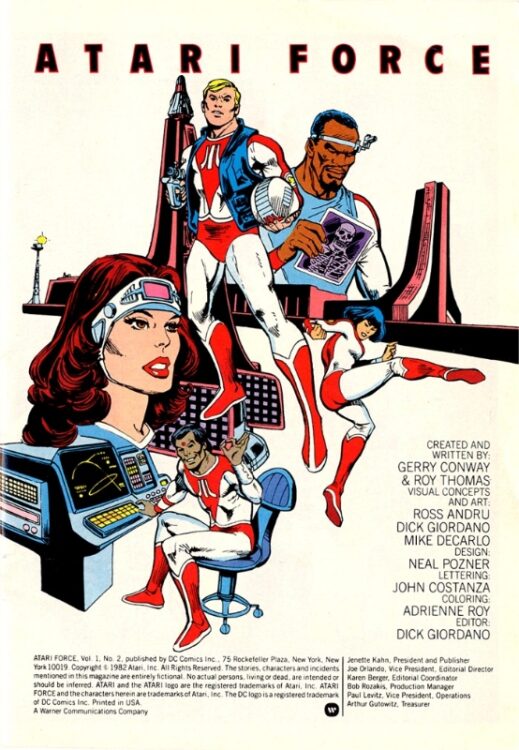
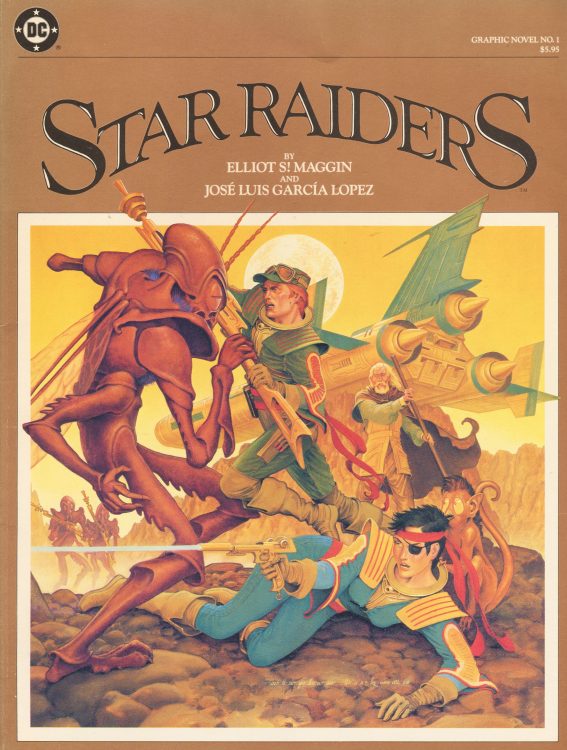
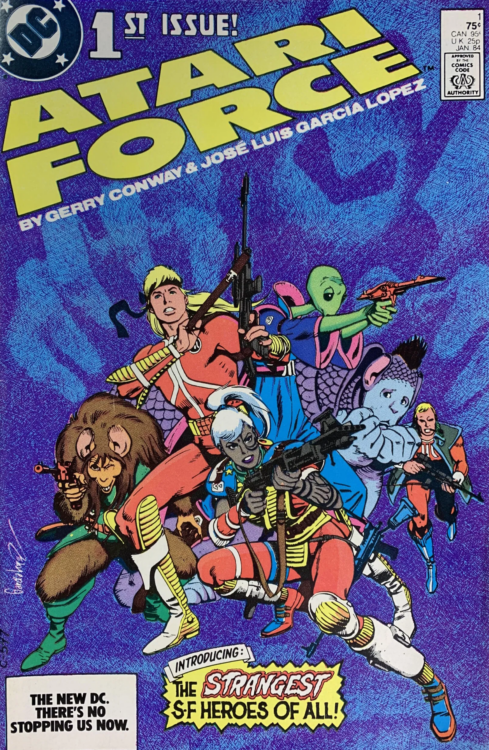
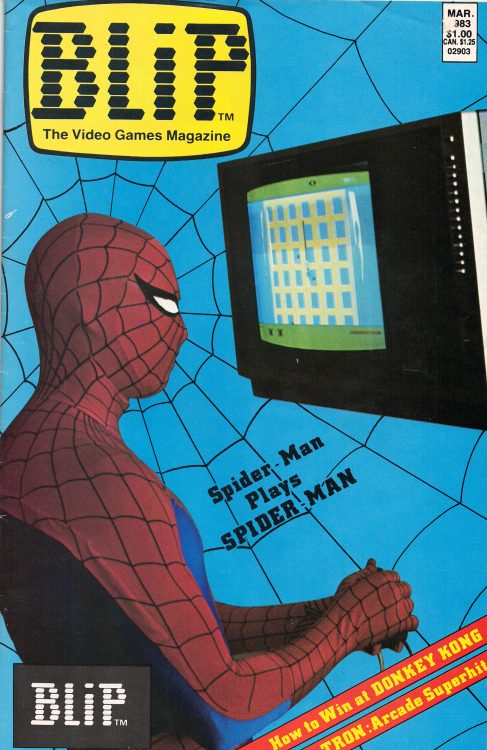 *
*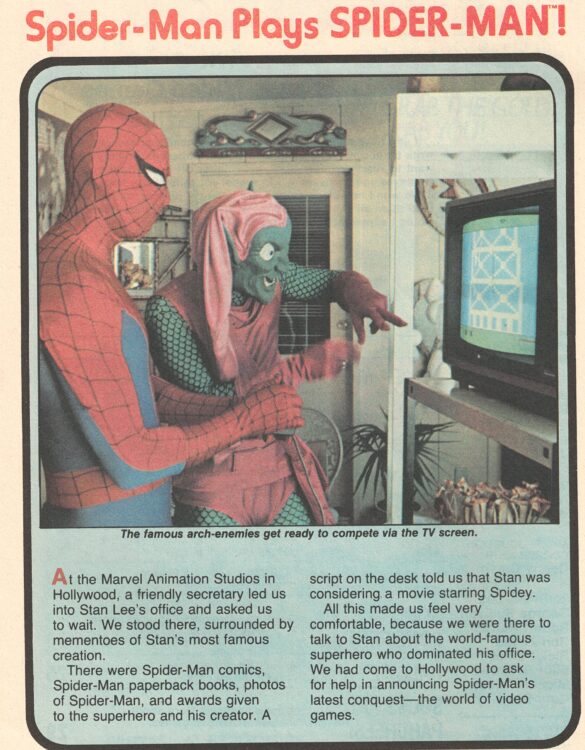 *
*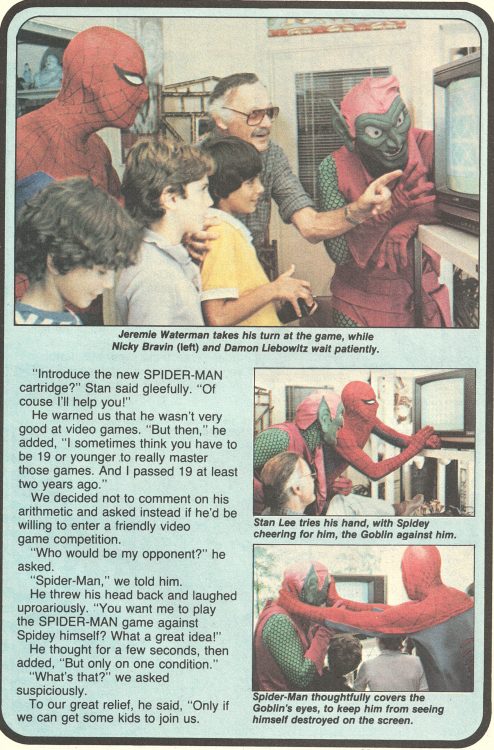 *
*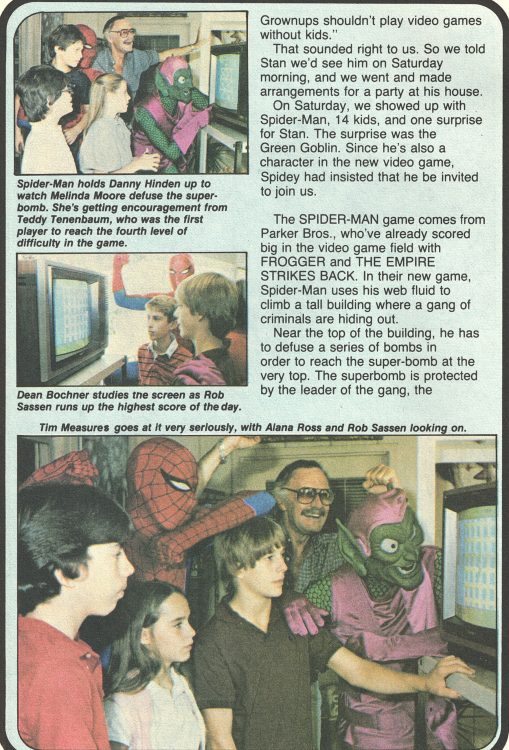 *
*